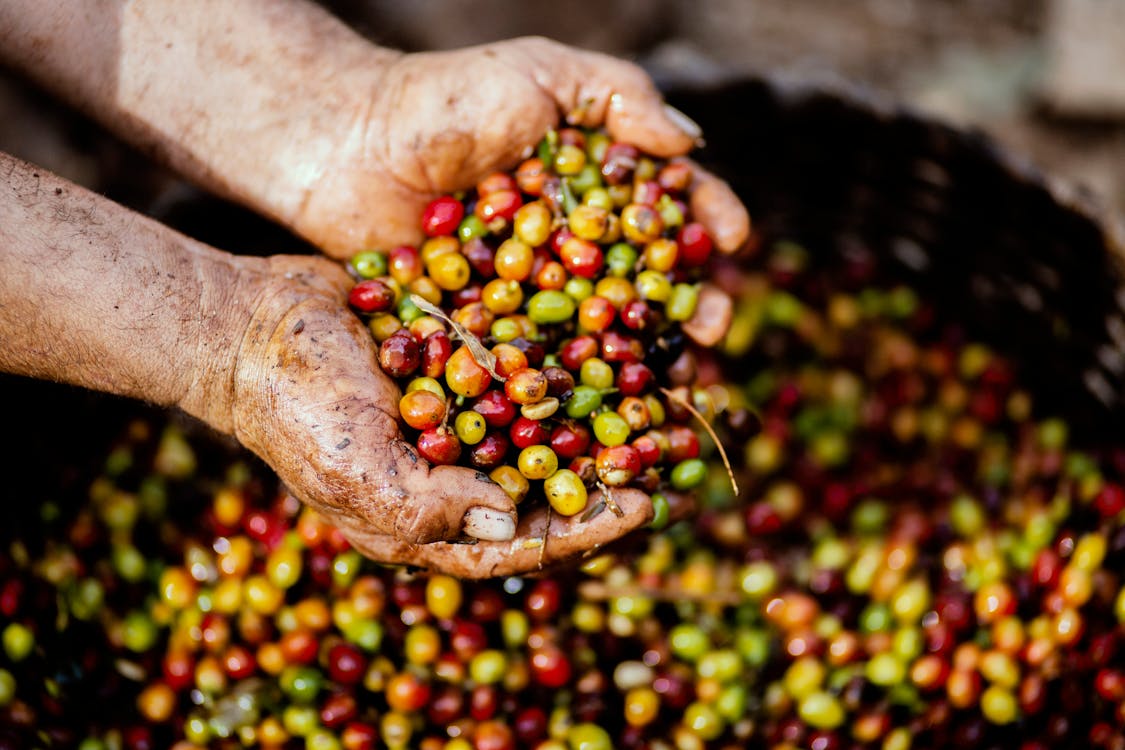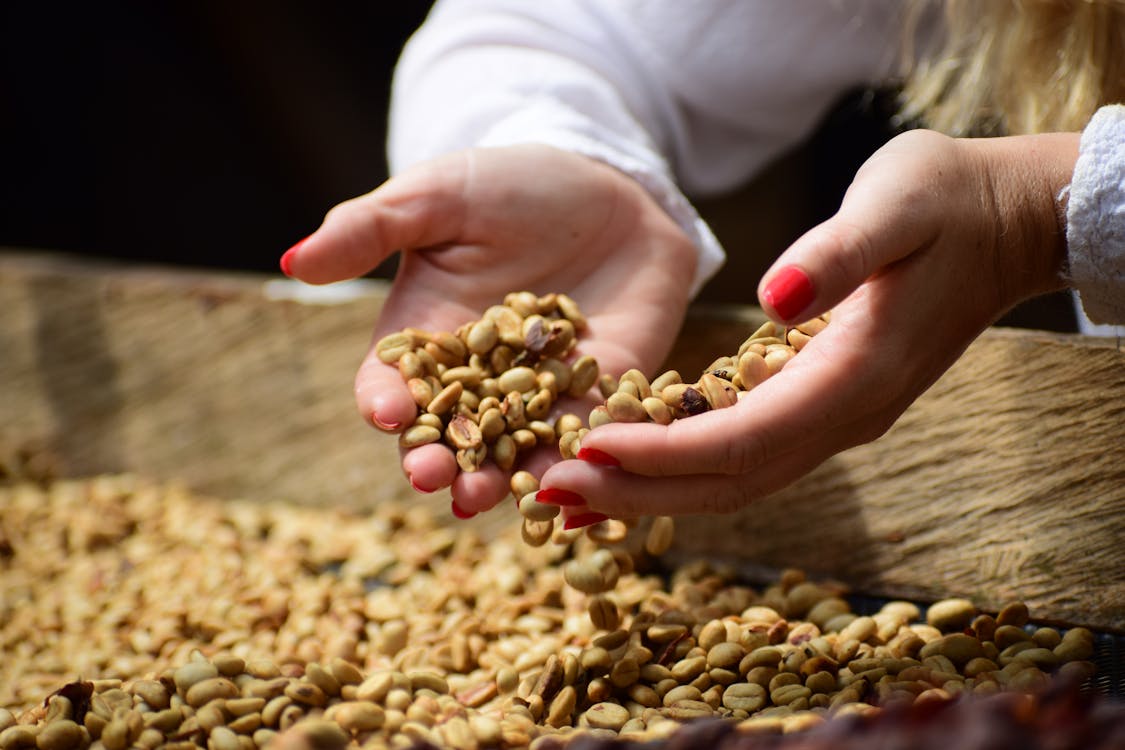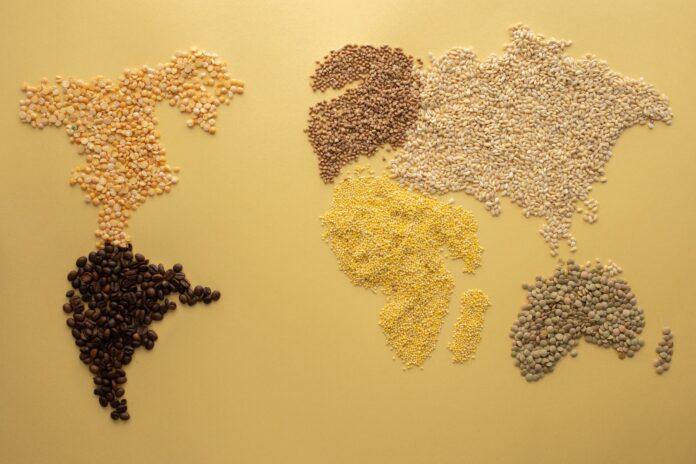Have you ever paid attention to how your one cup of morning coffee makes you analyze your life choices for the rest of the day? I have done that, and I continue to do so! My cup of steamy hot coffee in the morning is the best friend I could have gotten. From wondering about the day ahead to the impending doom climate change has hung over us, my cup of coffee is actually a brainstorming session.
Does your Coffee Taste Different?
Well, it might not taste different just right now; but soon it will. It is predicted that the same climate change that is to be blamed for the most bizarre world happenings will also change the taste of your coffee. Let’s read a little further to get the idea.
Coffee and Climate Prerequisites

As with all the crops, coffee plants rely on feasible temperature and rainfall conditions for better production. Two of the main coffee species, Arabica and Robusta, make for 99% of the whole world’s coffee production. It is important to know that both these species have different weather requirements for optimum production.
Arabica is more of a cool and shady environment lover. It is mostly found in Ethiopian highlands where there is hardly more than a single dry spell – that too coincides mostly with winters. High temperatures can harm the production and taste of Arabica coffee.
It requires more than 1,500 mm of rainfall per year (up to 2,000mm). However, this is covered by the modern methods of irrigation in case of insufficient rainfall.
On the other hand, the Robusta coffee has evolved in the lowlands of the Equatorial African region – especially in the Congo River Basin and Lake Victoria Crescent in Uganda. Robusta coffee requires abundant rainfall for optimum production (about 2,000 mm annually). Moreover, it also requires an altitude of about 800 meters above sea level. Due to the shallow root system of Robusta coffee plants, rainwater has to be evenly distributed in the coffee crops.
Coffee and Climate Change

1. Quality
If you have any doubts about this fact related to coffee and climate change, then pay heed. We all know what climate change has in store for us: ever-rising temperatures. These insanely increasing temperatures will ripen the coffee crop before it actually should, leading to a decline in the taste.
Coffee tasters agree with this impending threat to the real taste of coffee as high-altitude coffee has the edge over hot tropical weather coffee. If the temperatures keep rising, the crops of high-quality coffee will be endangered, leaving us with only the low-quality ones and wild species.
2. Yield
An increase in humid conditions and rainfall patterns can severely damage the crops. Not only will the farmers move to different species of coffee crops that hold better in rising temperatures the taste of your daily coffee will also change. Crops need to go through a full climate cycle that is feasible to ripen the fruit that is ready for harvesting.
Excessive rainfall and rising degrees of temperatures might mature the crops earlier or damage them completely.
3. Pests and Crop Diseases
Rising temperatures around the globe endanger the quality of the coffee and posit favorable pest conditions. Certain pests and diseases proliferate quickly in humid, damp, and soaring high temperatures, damaging crops.
Coffeeberry borer, lead miner, coffee rust, nematodes, and several other prominent pests and diseases threaten to change coffee production and consumption outlook. Moreover, along with pests infecting the coffee crops and destroying them, pest control methods will become more aggressive and expensive. Thus, resulting in high-priced items.
Impact on Global Coffee Production

Since climate change is acting differently in different regions of the world, it is extremely hard to predict a pattern of change for all the countries alike. Uncertainty of climatic conditions and the complexity of methods invented to deal with climate change will eventually result in a scarce product that is high in demand.
Fewer regions of the world will remain suitable for continuing coffee growth. It will, in turn, shake up things in the global coffee production as new coffee-producing countries might surface. The old players in this industry might suffer a setback. All of this might result in your favorite blend becoming obsolete or going out of your budget’s range.
Preventive Measures
We are probably too late to reverse any climate change coming our way. What we can still do is make amends and tweak a few things in the coffee industry. Farmers involved in coffee harvesting and production are making their lands more feasible to the upcoming rising temperatures by planting more trees as shades for the coffee plants.
Numerous coffee-producing countries whose economy is dependent on coffee are investing in scientific research to make coffee plants more resilient to high temperatures. Sellers, along with coffee producers, are stressing over due to this.
For the sellers, buying beans in bulk might become more expensive as climate change impacts coffee harvesting. The more they find it expensive, the more they are going to charge. Hence, it is a vicious cycle that will be impacted by climate change. Everyone involved in the coffee value chain needs to be prepared to embrace the change.
So, you sip that cup of hot java and cherish the taste while it lasts. Climate change is real, and it is not going anywhere. I am distressed at how much this can affect my coffee taste. I need more cups of coffee during the day to drown my sorrow. What about you? Are you worried and bulk buying coffee? Are you worried about the mental peace that one cup of hot beverage provides you? Let me know in the comments below.





